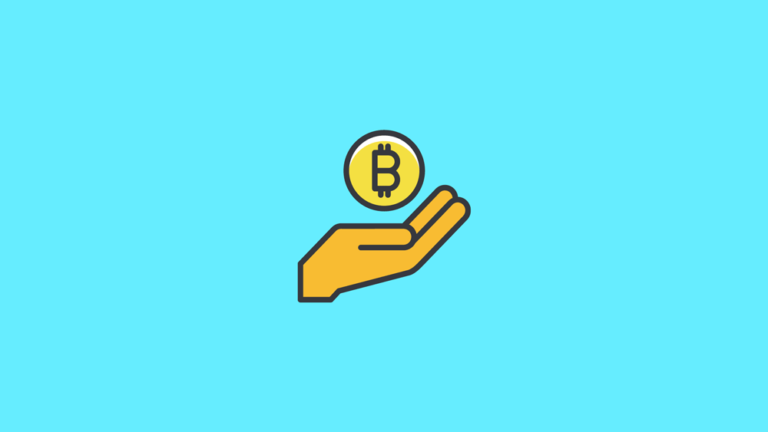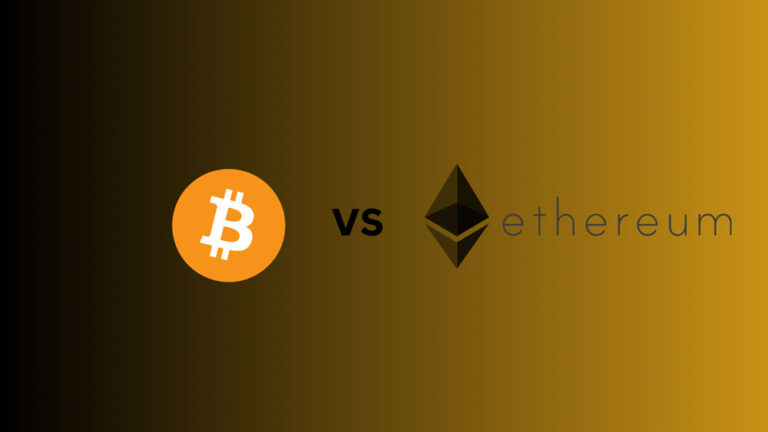Bitcoin halving is one of the most anticipated and debated events in the cryptocurrency world. Nevertheless, Bitcoin’s ecosystem and beyond are profoundly affected by this phenomenon, which occurs approximately every four years. Any investor, enthusiast, or observer of cryptocurrencies should understand what Bitcoin halving is and its significance and weigh its pros and cons before investing, enjoying, or observing.
What is Bitcoin Halving?
Halvening, or Bitcoin halving, is a predetermined event that is coded into the protocol. There will be a decrease in the number of Bitcoins created and introduced into circulation during this period. In particular, the block reward the miner receives when validating and adding transactions to the blockchain has been halved. As Bitcoin’s supply grows through a process of 210,000 blocks every four years, a maximum of 21 million can be issued.
Importance of Bitcoin Halving:
- Scarcity and Deflationary Model: The halving of Bitcoins has played a major role in maintaining the scarcity of Bitcoins. In contrast to traditional fiat currencies, which are subject to inflationary pressures, new supply is reduced, resulting in a deflationary economic model. Hence, Bitcoin’s value proposition as a store of value is based on scarcity and predictability.
- Price Dynamics: Bitcoin prices have traditionally fluctuated significantly after halving events. Whenever new supply is reduced, investors anticipate future scarcity, which leads to increased demand. Bitcoin’s price tends to rise as a result of this increased demand along with a fixed or diminishing supply. This has resulted in Bull Markets and heightened trading activity following Bitcoin halving events.
- Miner Incentives and Security: Bitcoin mining is economically affected by the halving. Miners receive fewer Bitcoins for their efforts because block rewards have been reduced. To maintain profitability, miners invest in better hardware, find cheaper electricity sources, or operate more efficiently. Consequently, miners dedicate more resources to securing the blockchain and validating transactions, enhancing the security of the Bitcoin network.
- Market Sentiment and FOMO: Blockchain halving events often generate substantial media coverage and speculation. By providing increased visibility to the market, new investors and traders are more likely to take advantage of potential price gains. Market volatility often increases before and after halving events due to Fear of Missing Out (FOMO), contributing to both excitement and nervousness in the crypto community.
What Happens When Bitcoin Halves?
In the context of Bitcoin, “halving” refers to how many tokens are rewarded. The idea is to simulate diminishing returns to raise demand by simulating diminishing returns.
There is a chain reaction associated with Bitcoin halving. It affects all those who have a stake in the currency, namely the miners and investors.
New coins are fewer in supply as mining rewards per block are halved. In turn, this increases the price of every coin. Although miners are earning less than they used to, the upswing in the coin’s value more than compensates. Moreover, Bitcoin’s halving can lead to the consolidation of miners’ ranks individually.
Unless Bitcoin’s value and demand rise, the blockchain will lower mining difficulty on the network if it does not cause a rise in demand and value. By doing this, miners will have an easier time validating a block. Even though block rewards are low, miners will be able to find more blocks, keeping them profitable.
However, there are some caveats. In small mining pools and individuals, reduced block rewards make mining difficult. Competing with large corporate mining companies can be expensive because they mine Bitcoins 24 hours a day, 7 days a week.
BTC’s mining capacity is believed to follow a countercyclical trend to its price. With increasing prices, miners are fewer, and vice versa. It is always possible for a 51% attack to happen after a Bitcoin halving since many miners are moving out of the network.
There is always good news for investors when a Bitcoin halving event takes place. Halving events always increases trading activity on exchanges because people are anticipating them. It is important to note that the price of Bitcoin will increase based on several factors after the halving.
Pros of Bitcoin Halving:
- Supply Control: Bitcoin’s halving ensures a controlled and predictable issuance of new coins, enforcing a transparent and predetermined monetary policy. However, the difference between fiat currencies and cryptocurrencies is that central banks cannot adjust cryptocurrencies based on economic conditions, which could lead to inflation or devalued currencies.
- Price Appreciation: In recent history, Bitcoin’s price has appreciated as a result of halving events. Often, reducing supply in combination with increasing demand leads to price increases, which provides opportunities for investors.
- Long-Term Value Proposition: Bitcoin’s long-term value proposition is strengthened by the scarcity introduced by its halving. It acts as a hedge against inflation and a store of value. Particularly in these uncertain economic times and unprecedented monetary stimulus, this characteristic is particularly appealing.
- Network Security: Bitcoin halving increases network security and robustness by maintaining incentives for miners. Blockchain security is essential for keeping Bitcoin’s ecosystem trustable, especially as the cryptocurrency becomes more mainstream.
Cons of Bitcoin Halving:
- Miner Profitability: Bitcoin halving reduces block rewards for miners, which directly impacts their profitability. Some miners may struggle to remain profitable with less efficient hardware, resulting in network hash rate disruptions or consolidation in the mining industry.
- Short-Term Volatility: Bitcoin halving events can lead to significant price increases in the long run, but they can also have negative effects on price volatility in the short run. Investors unfamiliar with speculative trading or overleveraged may suffer losses due to rapid price fluctuations caused by sentiment swings and speculative trading.
- Environmental Concerns: Bitcoin mining has been criticized for its high energy consumption and carbon footprint, citing environmental concerns. It is possible that miner’s pursuit of cheap electricity sources may result in increased energy consumption, which may exacerbate concerns about sustainability.
- Regulatory Scrutiny: Governments and financial regulators may be more inclined to scrutinize Bitcoin halving events as they receive increased media attention. It is likely that regulatory interventions will be needed due to concerns about price manipulation, investor protection, and illicit activities, making the market more uncertain.
What Happens When There Are No More Bitcoins Left?
According to some estimates, the last bitcoin will be mined in 2140. Nevertheless, halving rewards every 210,000 blocks will make the reward smaller until one satoshi is the reward. Bitcoin’s lowest denomination, known as a satoshi, is 0.00000001 bitcoin.
It is possible to award millions of satoshi after 2140 if bitcoin’s total value reaches 21 million – so one satoshi may remain as a reward until 21 million bitcoins are mined.
What is The Future of Bitcoin Mining?
Bitcoin miners are always curious about what happens after all the blocks on the blockchain have been mined. Is mining about to end? In a nutshell, no. Using a Proof-of-Work consensus, Bitcoin is a blockchain. In order to validate blocks, miners need to solve critical mathematical problems and validate transactions.
By doing so, miners also gain new coins as rewards, which eliminates the need for third parties to validate transactions. In this process, miners must spend a great deal of time and money so the reward is justifiable.
Furthermore, other miners are highly competitive, which should be considered. It takes miners trillions of hashes per second to validate a block on the network using powerful ASIC computers.
Moreover, the intense competition prevents any single miner from gaining excessive control over a blockchain, which would allow him to commit a 51% attack. Mining is, therefore, one of the most essential activities on a blockchain that works on the proof-of-work algorithm.
Despite mining completion, miners must still validate all Bitcoin transactions. Additionally, they will receive transaction fees for their efforts. Using this technique, miners can still verify transactions occurring on the network.
There will be no end to this reward system for mining until 2140 when the 21 million bitcoin limit is reached. You can earn a profit by mining Bitcoin halving if you are a Bitcoin miner or if you plan to start mining this cryptocurrency in the future.
Your newly minted coins can always be held until the price increases and reach a higher level. Another option is to stake them on an exchange platform so that other traders may take advantage of their liquidity.
However, if you want to know more about the Crypto world or the upcoming Bitcoin Halving, check out my YouTube Channel: VishalTechZone


